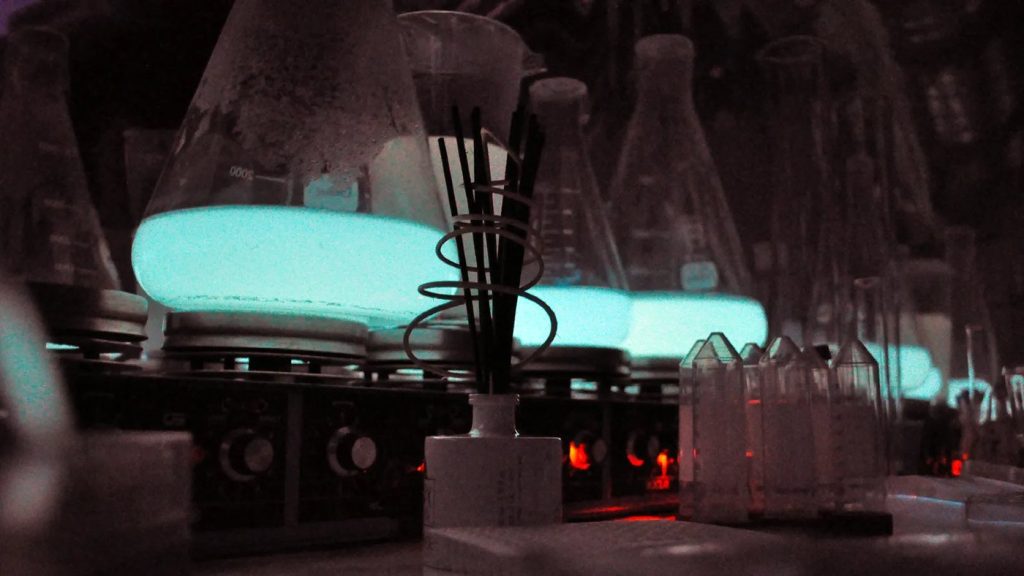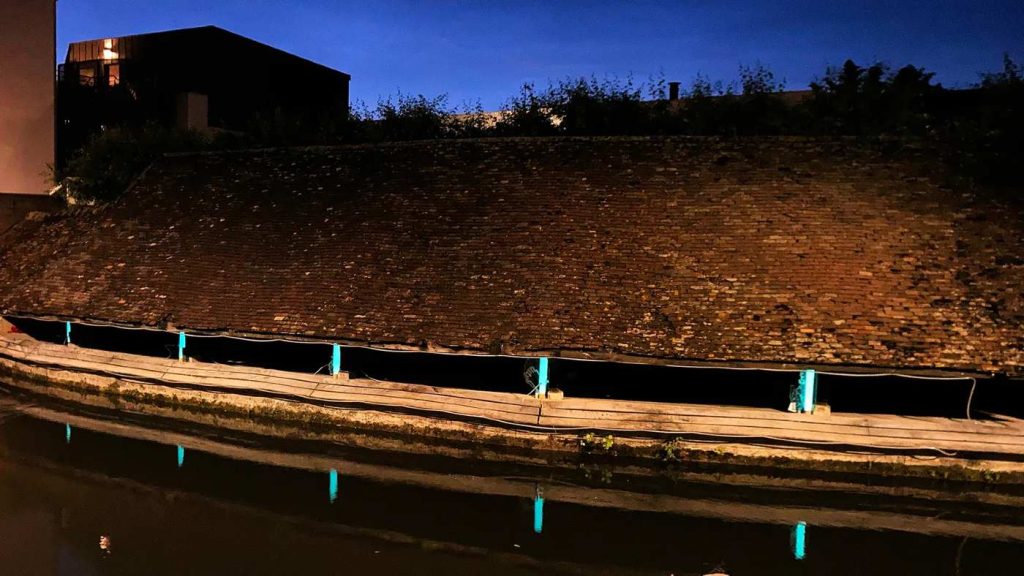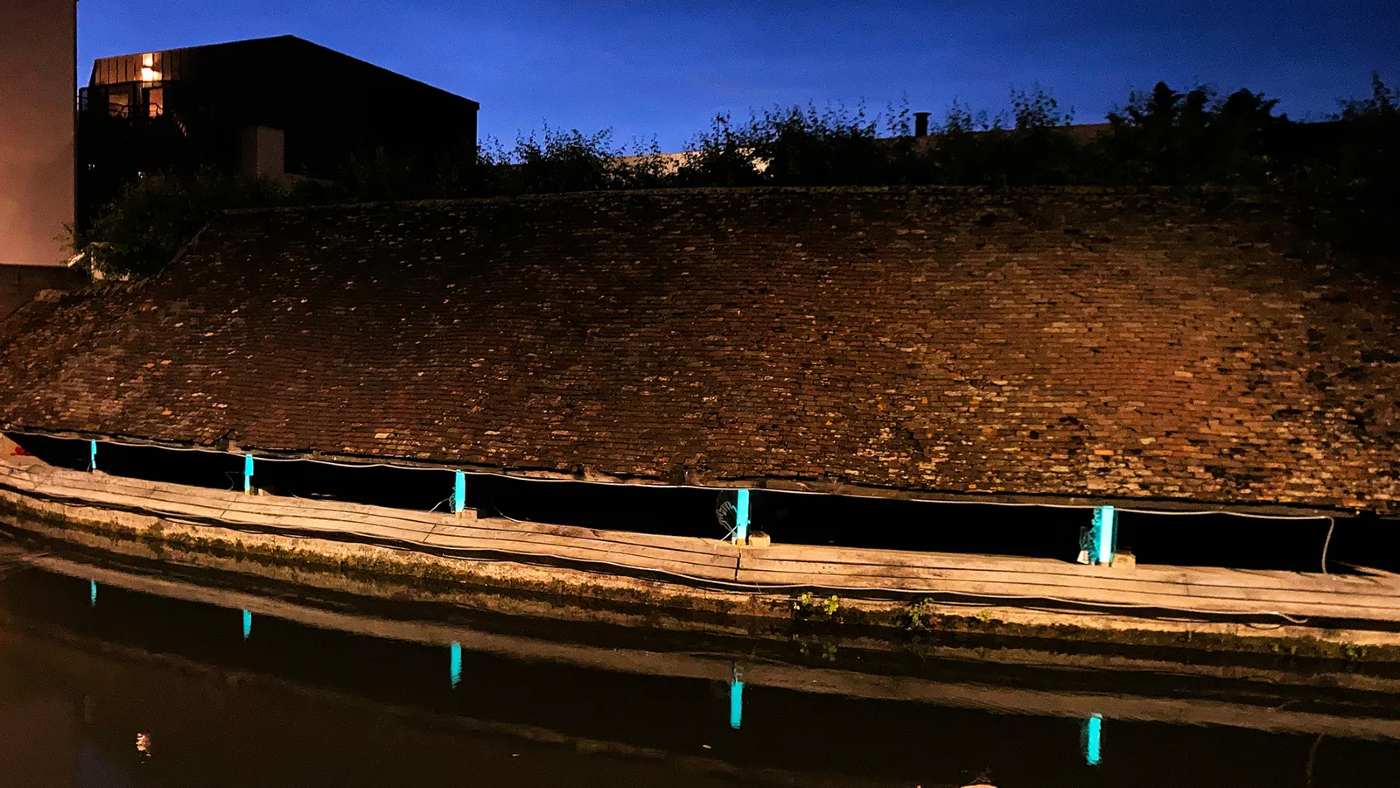
A French design startup wants to reimagine public lighting by introducing—much like in a fantasy or sci-fi story—bacterial and fungal bioluminescence to street lights.
One of the most fascinating phenomena in nature, all kinds of animals, plants, and fungi utilize enzymes to glow in the dark, whether in an enchanting woodland, the bottom of the sea, or even in the town of Rambouillet, 35 miles outside of Paris.
“Our goal is to change the way in which cities use light,” Sandra Rey, founder of the French startup Glowee, which is behind a public project in Rambouillet, told BBC. “We want to create an ambiance that better respects citizens, the environment and biodiversity—and to impose this new philosophy of light as a real alternative.”
Critics say that bacterial bioluminescence produces less than a quarter of the light from the lowest acceptable public lighting LED bulbs; Rey says they’re missing the point, that glowing green fungi in public flower boxes, or tubes of saltwater filled with the blue glow of billions of tiny organisms offer the chance to reimagine what public lighting could be.
The future of public lighting?

Rambouillet city hall offered €100,000 in grant money to Glowee, who themselves have already been given €12,000 by the Paris Innovation Grand Prix in 2015, to turn their town into a “full-scale bioluminescence experiment.”
RELATED: Startup Designs Prefab Facades That Turn Energy-Sucking Buildings Into Power Providers
Small tubes contain billions of individuals from a marine bacterium collected off the coast of France called aliivibrio fischeri, which glow a gentle blue. A small mix of basic nutrients is added to the football-sized tubes, which give off around 15 lumens of light, and a small mechanism pulls oxygen into the tank which the enzyme in the bacteria’s cells called “luciferase” needs to create light. To turn off the light, one simply stops circulating the oxygen.
MORE: ‘Radical’ Solar Breakthrough Allows Energy to Now Be Stored for Up to 18 Years, Say Scientists
The EU has laws for minimum allowable street light illumination, for which Glowee remains 75% off mark. However sustainability opens all doors on the continent, and BBC reports that Glowee has received €1.7 million from the EU to develop its technology, since it is carbon-neutral.
The company has a long way to go. As of now they provide the light for Rambouillet, and event lighting, but nothing else, although a spokesperson said they have 40 city-lighting projects in the works in countries across Europe.
Other firms and scientists are investigating fungi and plants, which also contain versions of luciferase, to see if flower boxes of glowing mushrooms or twinkling tabacum plants are brighter and more effective than bacteria.
LIGHT UP Those News Feeds With This Fascinating Story…





















“Critics say that bacterial bioluminescence produces less than a quarter of the light from the lowest acceptable public lighting LED bulbs; Rey says they’re missing the point, that glowing green fungi in public flower boxes, or tubes of saltwater filled with the blue glow of billions of tiny organisms offer the chance to reimagine what public lighting could be.” 👉👉👉 EXACTLY!!!! People don’t understand that the early versions of great ideas are ultimately less efficient than later generations of the product (and may not work at all on the first few iterations) but you can only GET to those later generations if you keep experimenting and supporting! As long as the little critters are Okay with being in there, I say light away!